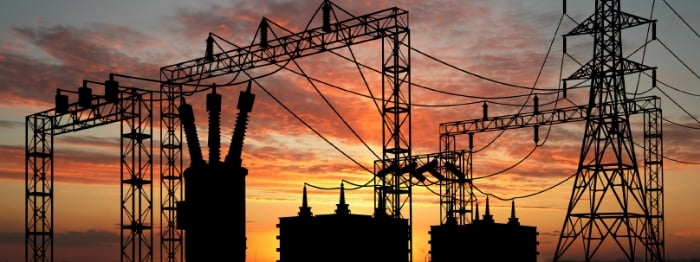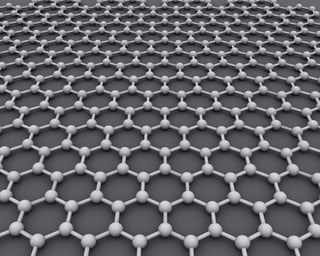
For those of us who track the advanced energy industry, it’s no surprise that energy storage has been a hot topic of late. Storage has been a huge growth industry, with analysts and advocates alike excited about the prospect of a responsive grid made of “nodes and connections.” Plus, it’s growing by leaps and bounds—we’ll share just how much it’s growing next week, with the release of our Advanced Energy Now 2016 Market Report. For now, here’s the latest: battery storage using a substance just one atom thick.
This week SunVault Energy and Edison Power Co. announced a large-scale solar-plus-storage project for three fire stations in Delaware. The project will involve 484 kW of solar power and 600kW/300kWh of storage for the firehouses, using a Graphene Electrical Energy Storage device (assuming certification).
Graphene is a thin (very thin: the element itself is only one atom thick) allotrope, or specific form, of carbon. It’s arranged in a honeycomb lattice with a single atom at each vertex. It’s a hundred times stronger than steel, and, according to SunVault CEO Gary Monaghan, graphene batteries are “seven times better performing” than lithium-ion batteries. 
“We like infrastructure projects,” Monaghan told Utility Dive. And well they should. In an industry that’s already changing the game, graphene could be a game-changing technology.
This project has the additional benefit of providing a vital civic function: Firehouses need the lights on, regardless of what else is going on in the grid. Firehouses with solar energy stored up won’t have to waste time in a power outage firing up a diesel combustion engine.
Image: By AlexanderAlUS - Own work, CC BY-SA 3.0, view original work on Wikimedia Commons.
But how about a complete solar-plus-storage package that makes the grid almost an after-thought? AEE member SolarCity announced it has worked with several companies—including other AEE members—to develop a product that fulfills the requirements of Hawaii’s Customer Self-Supply program. To review, the Hawaii PUC ended its original net metering program last October for all new rooftop solar customers. So, what comes after net metering? In Hawaii, at least, the answer was two new tariffs, called the “grid-supply” and “self-supply” options. The “self-supply” option does not allow customers to sell excess electricity back to the grid and sets a $25 minimum bill each month for residential customers ($50 for small commercial customers).
To make this option most beneficial for customer’s, SolarCity’s self-supply system consists of the following:
- SolarCity PV installation, which feeds electricity to a
- battery storage system (Powerwall) from AEE member Tesla, which works together with a
- smart electric heater from Steffes, and a
- smart thermostat from AEE member Nest, and the system is all tied together by
- a “gateway” that controls the hardware to make sure the solar is generating at full capacity and that consumers are using the electricity they produce before drawing any power from the grid.
The whole system can be leased at $0.26 per kWh, which includes “everything,” says Jon Yoshimura, director of government affairs at SolarCity, “even your electric hot water heater, your Nest thermostat and your Tesla battery—and we will sell you a [system] at $4.50 a watt,” said Yoshimura. In Hawaii, at least, either way is a bargain. The systems are now available for order.
Finally, a new solar thermal plant from SolarReserve is fully online and generating electricity at its full capacity. The Crescent Dunes solar tower is making headlines not because it’s the first of its kind (Ivanpah came online in early 2014), but because it’s being marketed as a solar plant that can generate power 24 hours a day. In other words, solar thermal plus energy storage—1.1 GWh of molten salt storage, to be exact.
But how did energy storage do in the marketplace last year? Sign up for AEE Weekly to be notified of our upcoming report: Advanced Energy Now 2016 Market Report.
